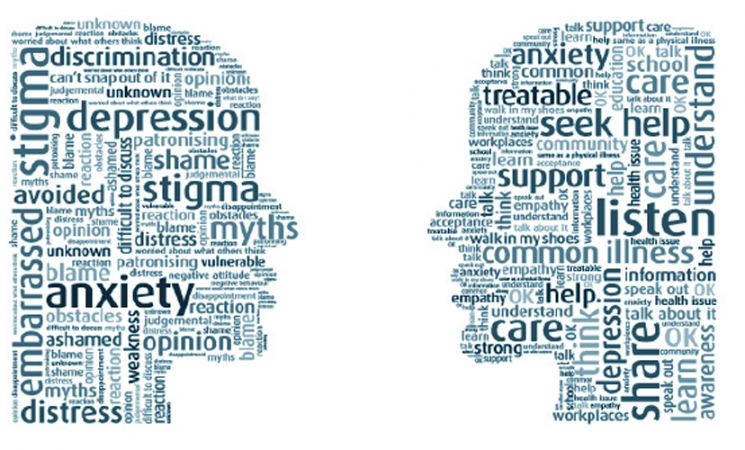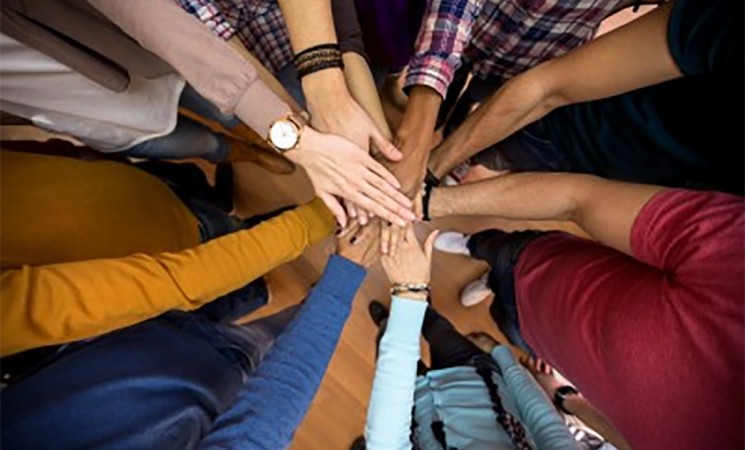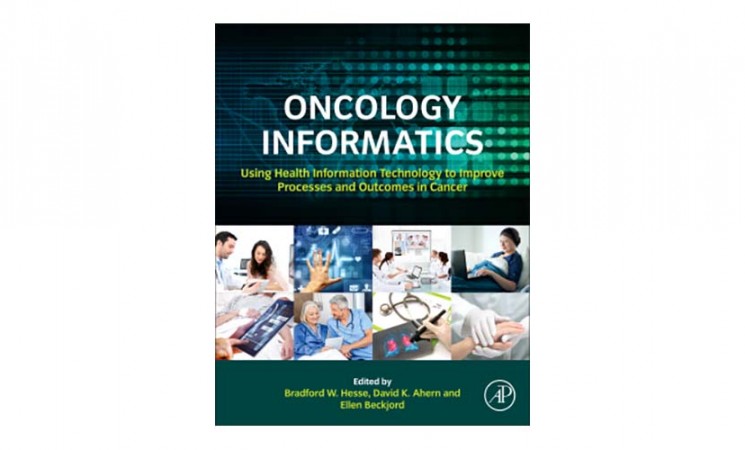Archived Content
The Office of Behavioral and Social Science Research (OBSSR) archives materials older than three years that are no longer updated. This content is available for historical purposes, and the information and links may have changed over time.
How you think: Structural network mechanisms of human brain function
Danielle S. Bassett, Ph.D. Cognitive function is driven by dynamic interactions between large-scale neural circuits or networks, enabling behavior. Fundamental principles constraining these dynamic network processes have remained elusive ...
Culture and psychosis
Tanya Marie Luhrmann, Ph.D. Stanford University Monday, April 11, 2016 This talk presents two research projects that demonstrate that cultural context shapes schizophrenia. The first is an ethnographic study of the lives of homeless psychotic women on the streets of Chicago ...
To tweet or not to tweet: Community-based participatory research approaches to advance wellness and violence prevention via social media
Ann Marie White, Ph.D. Many health-related concerns due the interplay of community members’ social media and geographical uses exist ...
Computer scientists learn the language patterns of psychiatric disorders
Psychiatrists may soon be able to diagnose mental disorders, including psychosis and mania, by analyzing patients’ speech patterns. The same technique also promises to someday allow clinicians to spot neurological disorders ...
High-fidelity measurement of patients’ medication adherence: A missing link in precision medicine
Speaker: Bernard Vrijens, Ph.D., Chief Science Officer WestRock Healthcare. Patient non-adherence to prescribed medicines is endemic and thus a central issue in the quality and economics of ambulatory ...
"Prime time" for "primed" mHealth interventions
By Wendy Anson, Ph.D. Just-in-time adaptive interventions (JITAI) use sophisticated sensors to track our every move. And that means such devices can catch us closing down happy hour at “The Pour House” ...
How to design the best just-in-time mobile interventions
By Wendy Anson, Ph.D. We live in a world where our wristwatch charts our morning path to work, measures our heart rate as we walk, jog, or run there, and then generates a report to tell us how well we "performed" ...
Risk-taking behavior and substance use
By Carl Lejuez, Ph.D. The research that we conduct here at the Center for Addictions, Personality, and Emotion Research is focused on the underlying determinants of substance use. We study addiction as a process ...
Twitter as a remedy for public health woes? Identifying natural helping networks in social media
When it comes to improving public health, social media can provide a valuable source of data and insights, but in order for it to become a valuable diagnostic tool, we must first develop effective methods for collecting ...
Integrating social problems and bioethics in medical school curriculum: An example from The University of North Carolina
By Sue Estroff, Ph.D. The Office of Behavior and Social Sciences Research (OBSSR) will present some of its work from over the past decade on relationships between humanities, ethics, and behavioral and social sciences ...
Using mHealth to manage diabetes
By Charlene Quinn, Ph.D., R.N. Diabetes as an epidemic has been well documented by national studies, some sponsored by the NIH, the Centers for Disease Control, and other global organizations ...
Genomic data from multiple data sets: Methods, pros, and cons
Jane Costello Ph.D., Duke University. Description In understanding the cause of many diseases, the search for genes has moved from the identification of rare high-risk variants ..
Transnationalism, networks, and culture: Implications for health and behavior
The Aqui Lá project, supported by the NIH Office of Behavioral and Social Sciences Research and the National Institute of Minority Health and Health Disparities of the National Institutes of Health, works with a multilevel framework ...
Conceptual issues and research evidence of resilience in LGBT community
With awareness about transgender people growing in the public and among researchers and policymakers, there are new opportunities to address the mental and physical health needs of transgender people ...
Video: Fighting fire with fire: Using implicit means to combat implicit bias
Although social psychologists have demonstrated the presence of implicit bias among the general population and, to some extent, among medical professionals, little is known about how to combat or modify these latent but influential aspects ...
Just announced: Selection of Eric Dishman as Director of the Precision Medicine Initiative Cohort Program
Francis S. Collins, M.D., Ph.D., Director, NIH. I am very pleased to announce the selection of Eric Dishman as Director of the Precision Medicine Initiative (PMI) Cohort Program. Eric will lead ...
Big data: Harbinger of new era in clinical research methods
By Isabel M. Estrada-Portales, Ph.D., M.S. Our trusted clinical treatment research methods have served us well, but many of them, at least in their current form, are in need of significant upgrade and transformation ...
Integrating behavioral and social sciences into medical education: Why it matters? How to do it?
By Lauren Fordyce, Ph.D. Understanding the way patients think and behave is critical for effective care. That theme is paramount in a workshop to be hosted by the Office of Behavioral and Social Sciences Research ...
Health disparities are costly for (U.S.) all
By William Riley, Ph.D., OBSSR Director. The United States pays more for health care than any other country and yet reaps comparatively fewer health benefits. April is National Minority Health Month ...


























